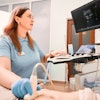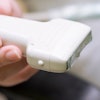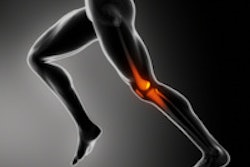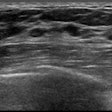Sunday, November 30 | 12:05 p.m.-12:15 p.m. | SSA21-09 | Room S405AB
In this Sunday presentation, researchers will discuss how O-mode ultrasound is a promising technique for reducing artifacts typical with B-mode imaging.Conventional ultrasound is limited by the need for beamforming, according to presenter Dr. Richard Barr, PhD, of Northeastern Ohio Medical University, and colleagues. O-mode ultrasound does not require a beamformer, offers constant lateral resolution, and decreases the shadowing that can arise from small pockets of gas. Barr's team conducted a pilot study to evaluate the use of O-mode imaging in a clinical setting.
The study included 10 patients who each received a complete abdominal ultrasound exam on a conventional ultrasound scanner as well as an O-mode device. A group of experienced ultrasound radiologists compared the images, ranking them on depth of penetration, shadowing artifacts, and overall image quality.
For all 10 cases, O-mode ultrasound visualized deep structures as well as or better than conventional B-mode ultrasound, the researchers found. In addition, O-mode ultrasound was able to visualize areas shadowed by ribs or small pockets of gas that B-mode could not.




















